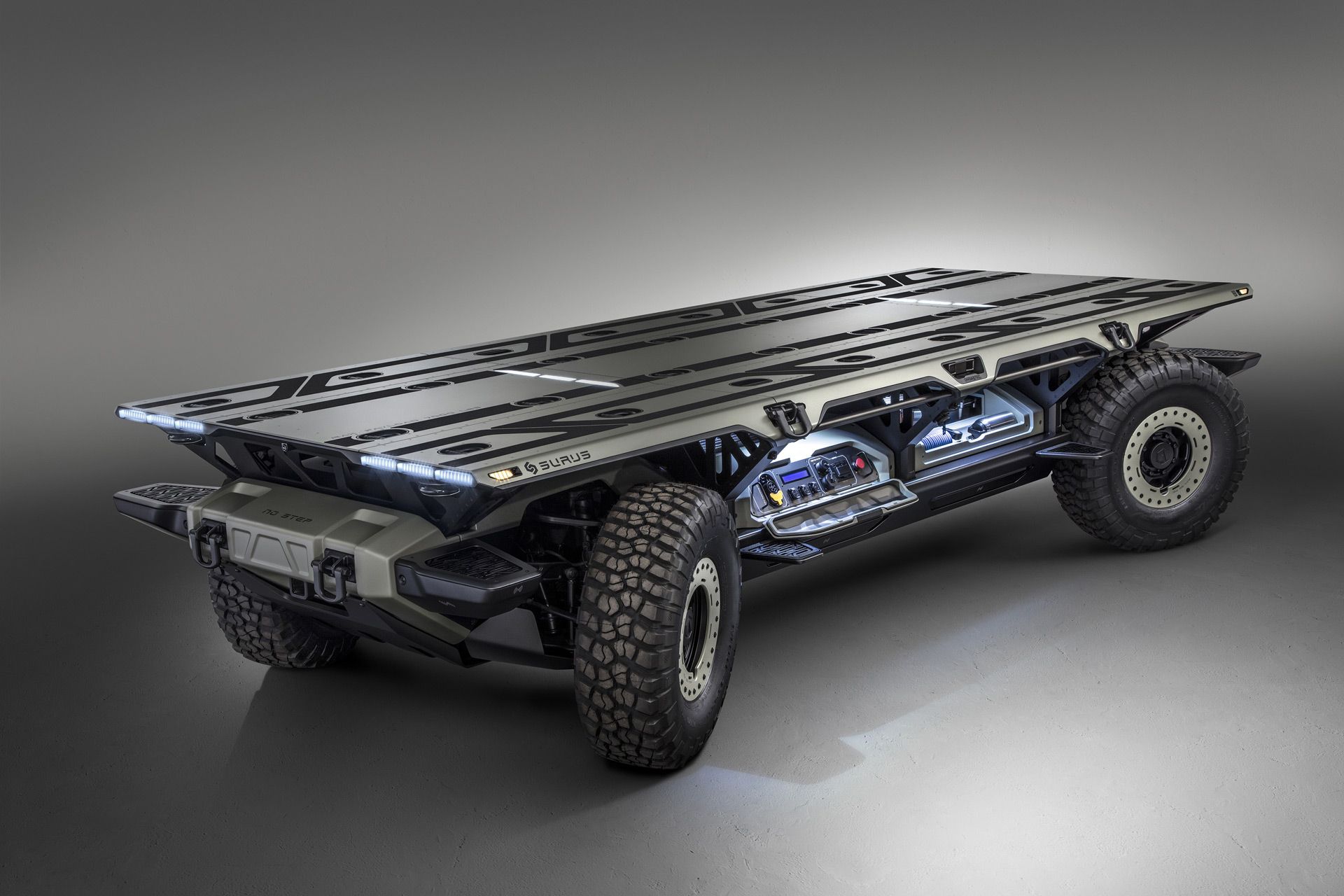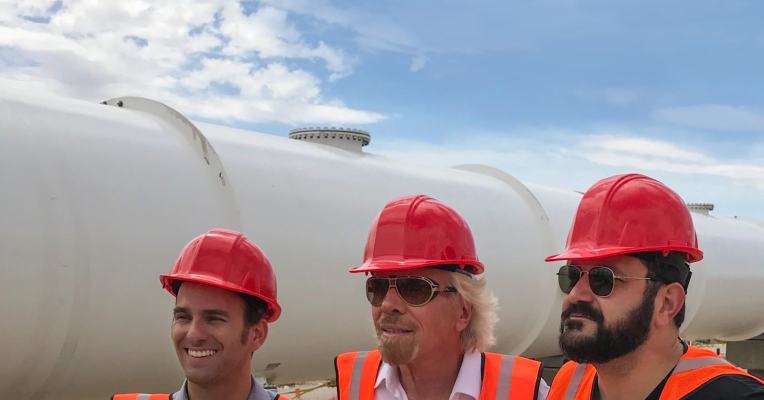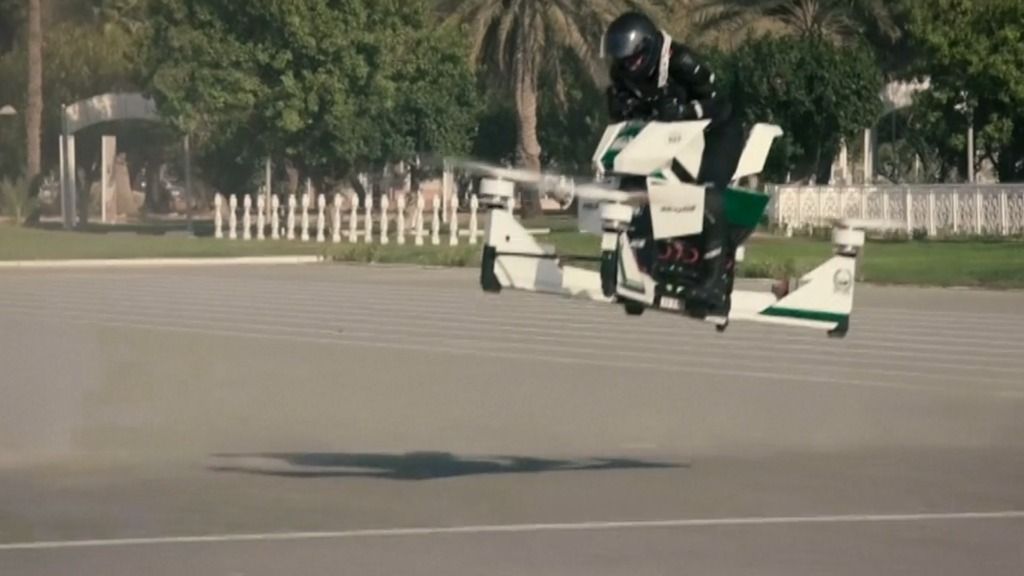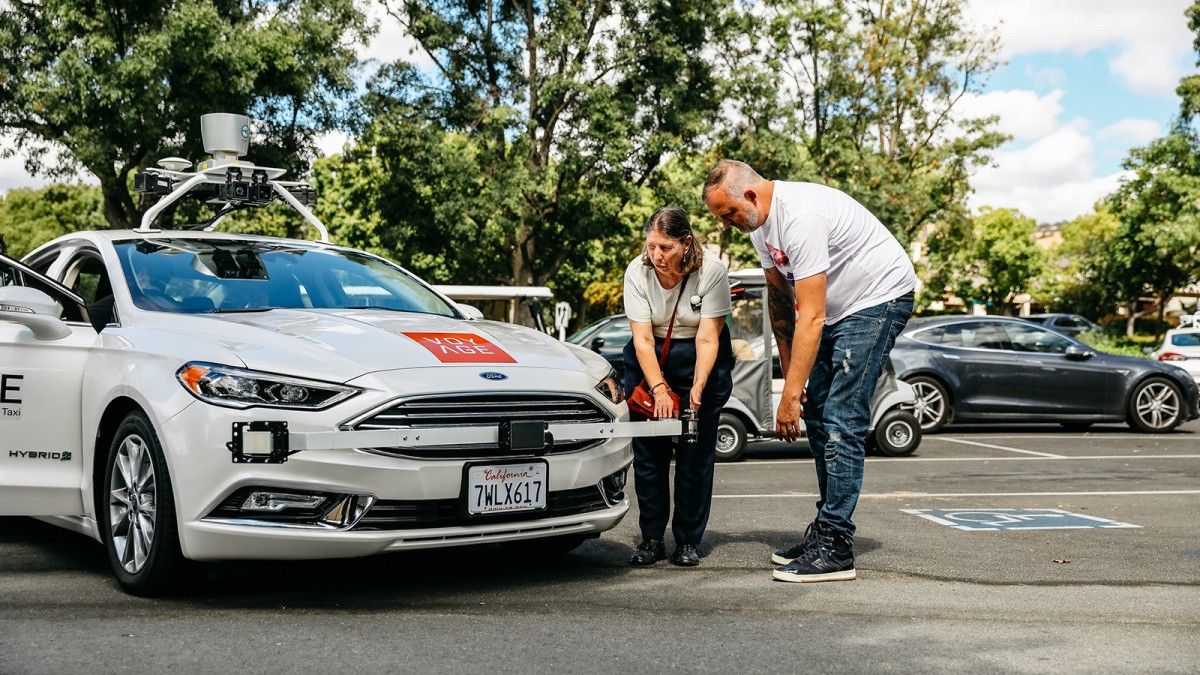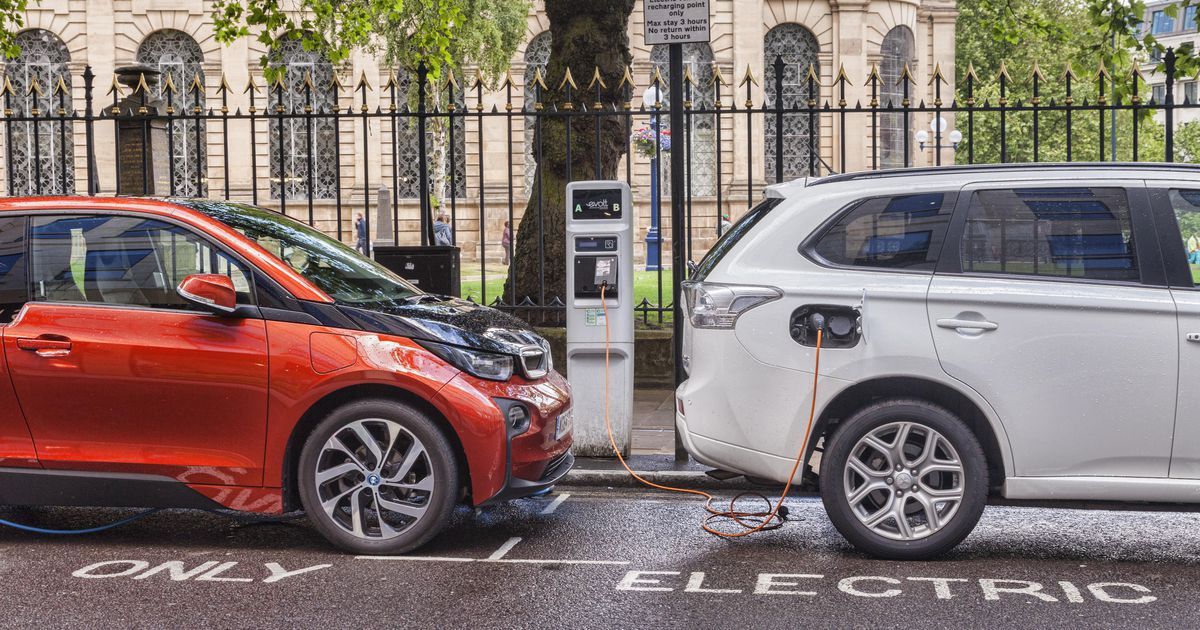While some automakers look to electrify conventional trucks, General Motors has taken a much more radical approach in its development of next-generation commercial vehicles.
Meet the Silent Utility Rover Universal Superstructure, or SURUS for short.
Unveiled on Friday ahead of the fall meeting of the Association of the United States Army, where it will be presented on Monday, the SURUS is essentially a modular platform designed for heavy-duty trucks that will enable near-silent running, zero harmful emissions, and autonomous operation.
